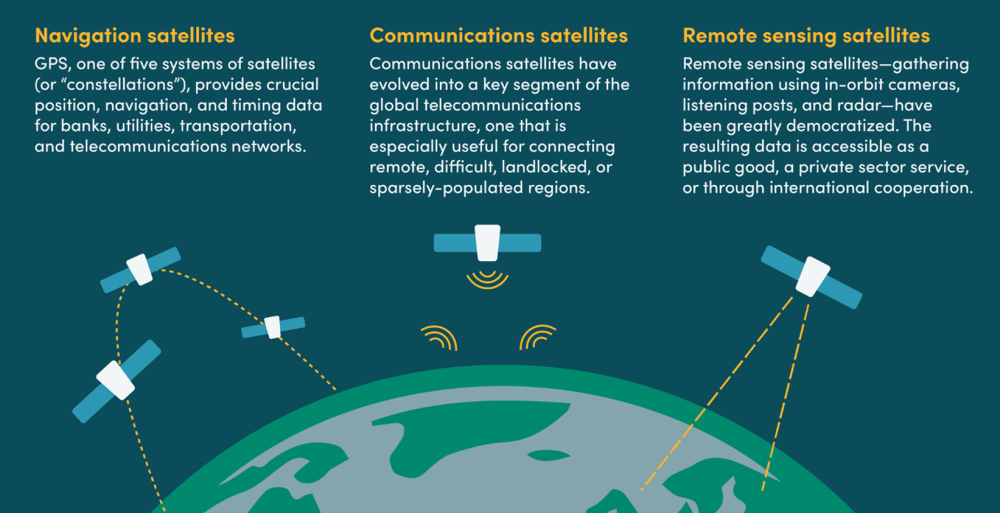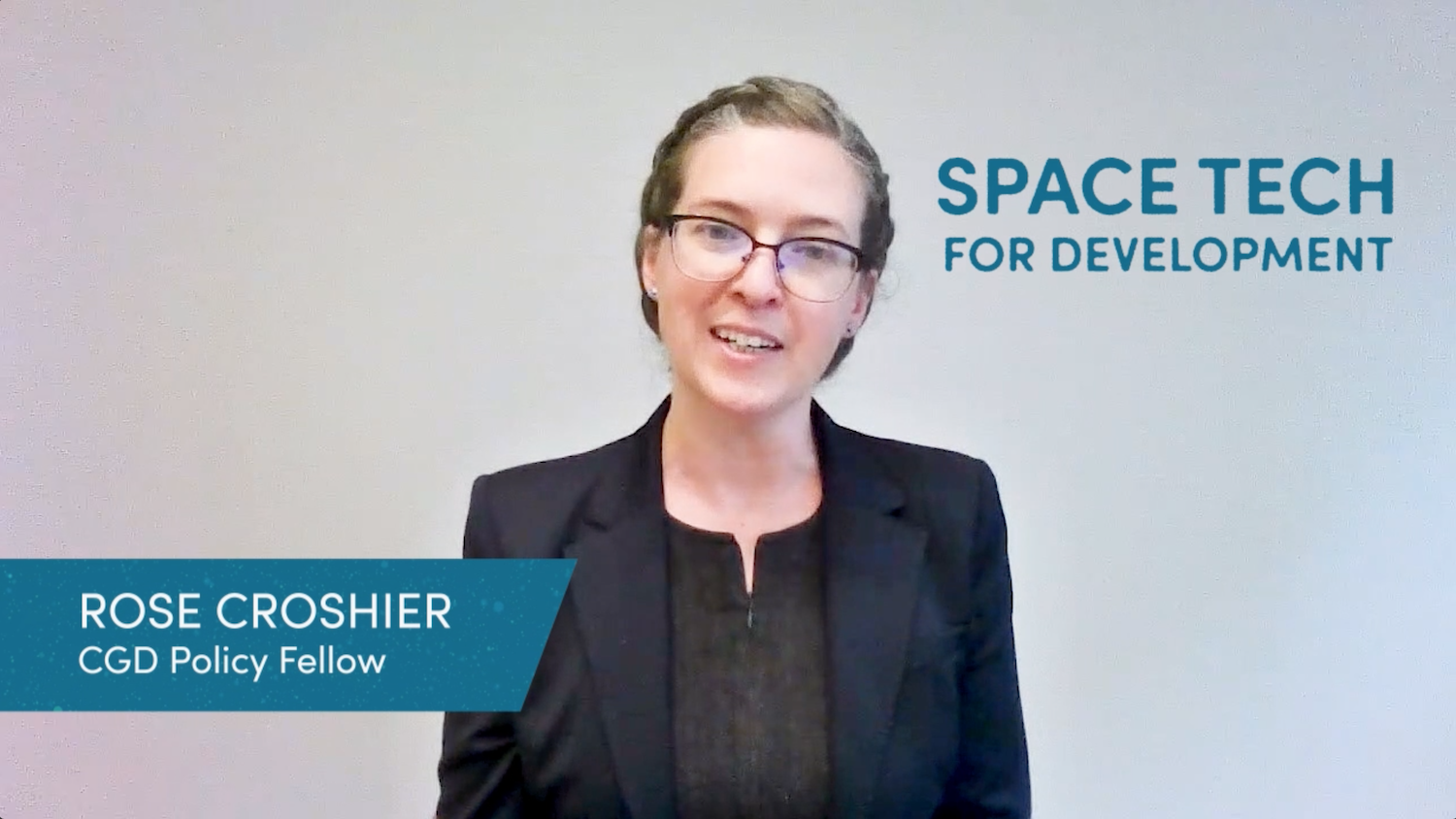Space is almost too glamorous for its own good. This is understandable; for most of human existence, the nighttime sky has been unreachable, mysterious, yet strangely helpful (especially to those navigating or measuring time by the stars). Like the first ships to cross an ocean, early satellites were achieved only with extraordinary effort and expense. Today, however, a satellite is launched into space every three days or so. Some are as big as a city bus, others the size of a soda can, but the uses of the data they transmit back to Earth continue to expand exponentially, from revolutionizing digital and communications infrastructure, to putting current and detailed information about our environment into the hands of policymakers and citizens alike. Space is still amazing, but leveraging these satellites and contributing to the space ecosystem is no longer unreachable, nor does it have to be mysterious.
As explored in the newly released Handbook for Space Capability Development, all governments can, and should, establish a foundational capability to best harvest the many economic, security, and human development benefits it offers.
Why space?
Satellites underpin telecommunications, utilities, financial institutions, and other elements of global daily life (figure 1). If leveraged fully, satellites can accelerate economic growth, build resilience against natural and human-made disasters, and enable every one of the United Nations’ Sustainable Development Goals, among other uses. However, despite the clear connection of space applications to development, there’s a common misconception that building domestic space capabilities is a luxury reserved only for rich and powerful nations and that all space-related development is a herculean, cost-prohibitive task. On the contrary, while the degree of space investment and activity varies, even a modest national space program can provide an outsized return.
Figure 1. Types of satellites

A practical resource for building foundational space capability
The purpose of the Handbook for Space Capability Development is to accelerate a movement already underway by many aspiring and emerging space actors. It suggests an inclusive, pragmatic path that enables any country to best absorb and magnify the benefits of space for the good of their economy and society. It discusses why a country should build its space capabilities, what capabilities to build, and how to go about it.
The resulting foundational program, office, and strategy will be sustainable in scale, scope, and growth and will enable a country to
- Protect existing dependencies on space.
- More fully leverage existing space capabilities and applications.
- Encourage the growth of a local data and space ecosystem.
- Attract international and public-private collaboration and investment.
- Contribute to the development of norms and laws governing space.
It is my sincere hope that this handbook dispels some of that unhelpful glamour around space. The goal is to help policymakers, administrators, program managers, entrepreneurs, investors, researchers, and regular citizens think of space instead as a tool that saves precious time, energy, and scarce resources just as necessary and achievable any type of national infrastructure, such as roads or an electricity grid. Nearly all countries use space applications daily, whether for broadband internet access, weather forecasting, natural resources management, or many of space applications other uses. But it is those countries with a space program, that are most prepared to absorb and magnify its benefits for the good of their economy and society.
A free PDF version of this handbook is available here or from the Secure World Foundation website. The handbook is a continuing work in progress, as more countries’ public, private, academia, and civil society sectors join the global space ecosystem, and as technology and norms evolve.
CGD blog posts reflect the views of the authors, drawing on prior research and experience in their areas of expertise.
CGD is a nonpartisan, independent organization and does not take institutional positions.







